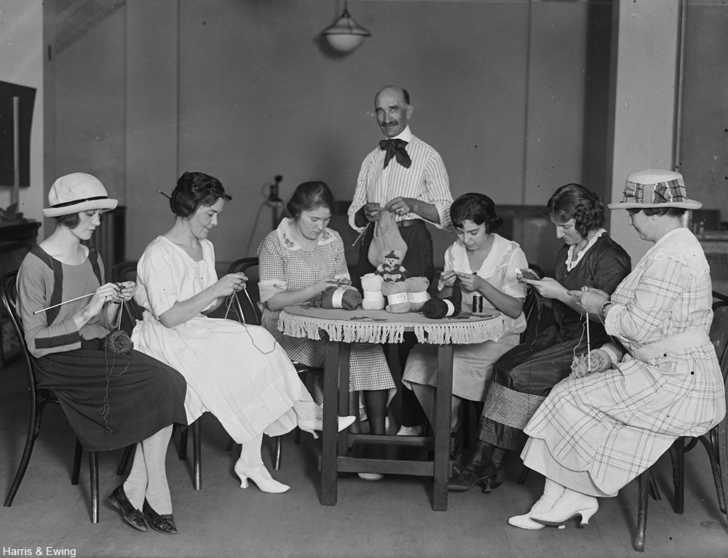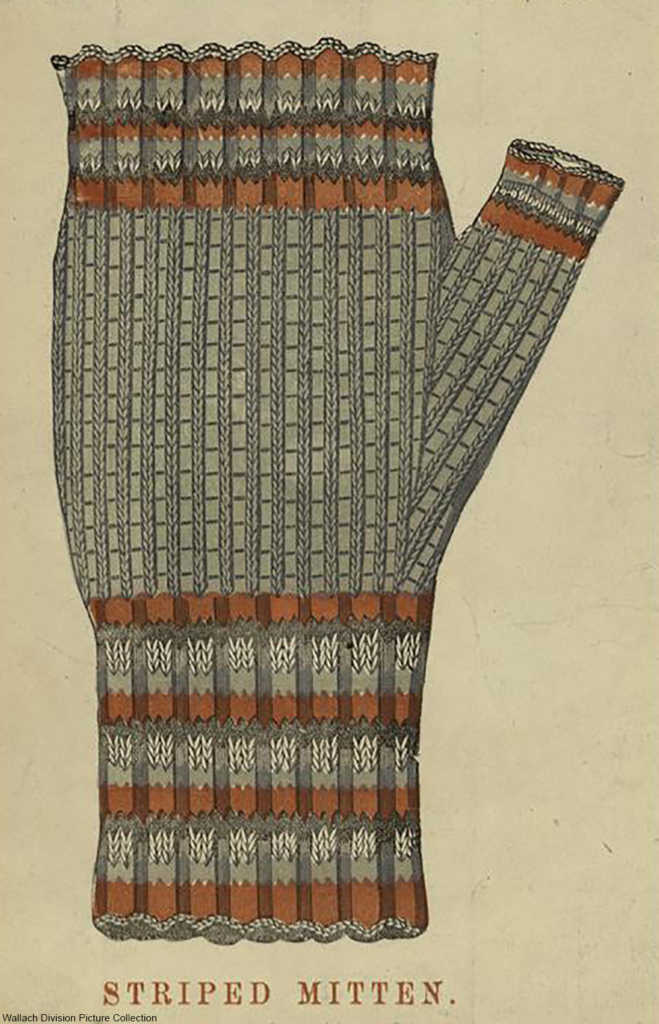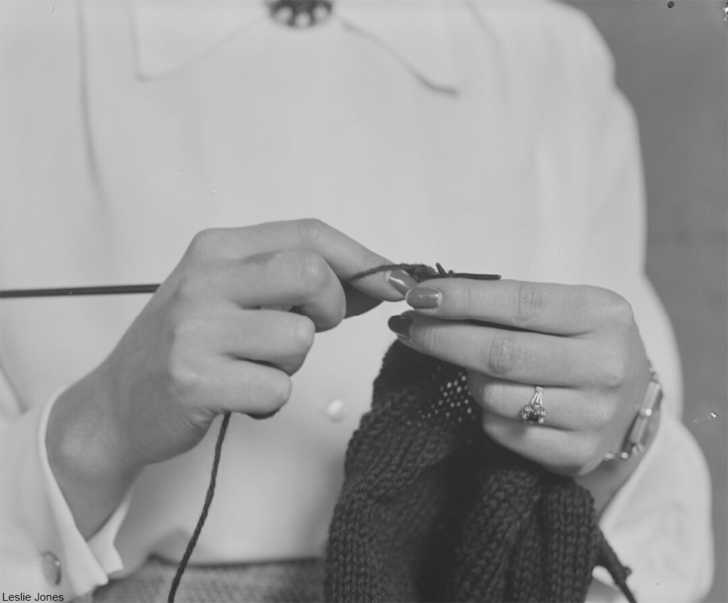The Secret Wartime Codes in Women’s Knitting
Savvy female spies used their knitting to report on enemy activities.
During both World Wars, members of the public not only had to make do with what they had, they were also called upon to provide knitted items for soldiers and refugees. Both on the front and in convalescence facilities, knitted items were invaluable to soldiers. As such, it became very common for women to knit. Since women were not permitted to fight, they were instead encouraged to knit and some did this to cunning ends. Some of the items knitted during wartime offered covert information for double agents and resistance fighters.

The Knitted Code
Anyone who knits can attest that the variations in stitch patterns are nearly endless. Savvy knitters can create their own patterns or alter any pattern that’s given to them. Created in various patterns these spy knitting projects could let an agent know what was about to happen.
It may sound quaint in the era of digital espionage, but knitting is a very effective way to transmit code. A knitter might have been contacted to report on solider’s activities, on train schedules or cargo shipments, or other important details behind enemy lines.
Once handed over, the stitches could then be decoded based on an agreed upon set of meanings. During WWI this type of reporting was fairly common as knitting is at its core a set of binary code (knit and purl being the two stitches), and is easily interpreted by those who know what to look for.

According to The Telegraph, printed knitting patterns were banned from being mailed in Britain during WWII just in case they contained secret codes. Parcels containing knitted items had to be carefully managed at this time as well for the same reasons. That’s how effective knitting is at being used for code.
Knitters Wanted
Since so many secret messages were relayed during WWI, the fact of simply being a knitter made one more approachable for spy activities. The act of knitting by the end of the war had become synonymous with spying and so decades later during WWII women who knitted were again called upon to relay information. But, this was true even when knitting was not the code medium they used. These knitters were chosen simply because of the association of knitting with spy work that had been established during WWI.

Today we think of knitting as something very innocent, but in the first half of the 20th century it was quite the necessity. More people back then knew how to knit in general, which ironically made spying much easier.
Knitting as the Ultimate Cover
Even more common throughout many conflicts was the secreting of information using knitting as a cover. As far back as the Revolutionary War women concealed information using their knitting. Molly Rinker of Philadelphia was incensed when British troops were billeted in her home. She eavesdropped on them, making notes on a tiny piece of paper which she then wrapped up inside a ball of yarn. She would then use this yarn to knit in the woods, where the note would slip to the forest floor to be picked up later by one of George Washington’s men.
During WWII a bilingual female spy named Phyllis Ada Latour was training for the Women’s Auxiliary Air Force when she was recruited for the Special Operations Executive, a secretive British program which sent allied spies behind enemy lines. Latour used the code name of Genevieve.

As a wireless operator, she would send messages via code. Latour later said that her codes were on a piece of silk and that she would prick the silk to show which messages she had used. She kept the piece of silk either hidden amongst her knitting supplies or slipped into the shoelace with which she pulled her hair back. Latour moved to Australia after the war and was later given an MBE, as well as several war medals and the French Legion of Honour.
Using knitting as either a code medium or a cover for their work women across the centuries and on many continents helped in war efforts, risking their own safety to do so. Had they been found out they would have been imprisoned or executed.
SKM: below-content placeholderWhizzco for DOT

